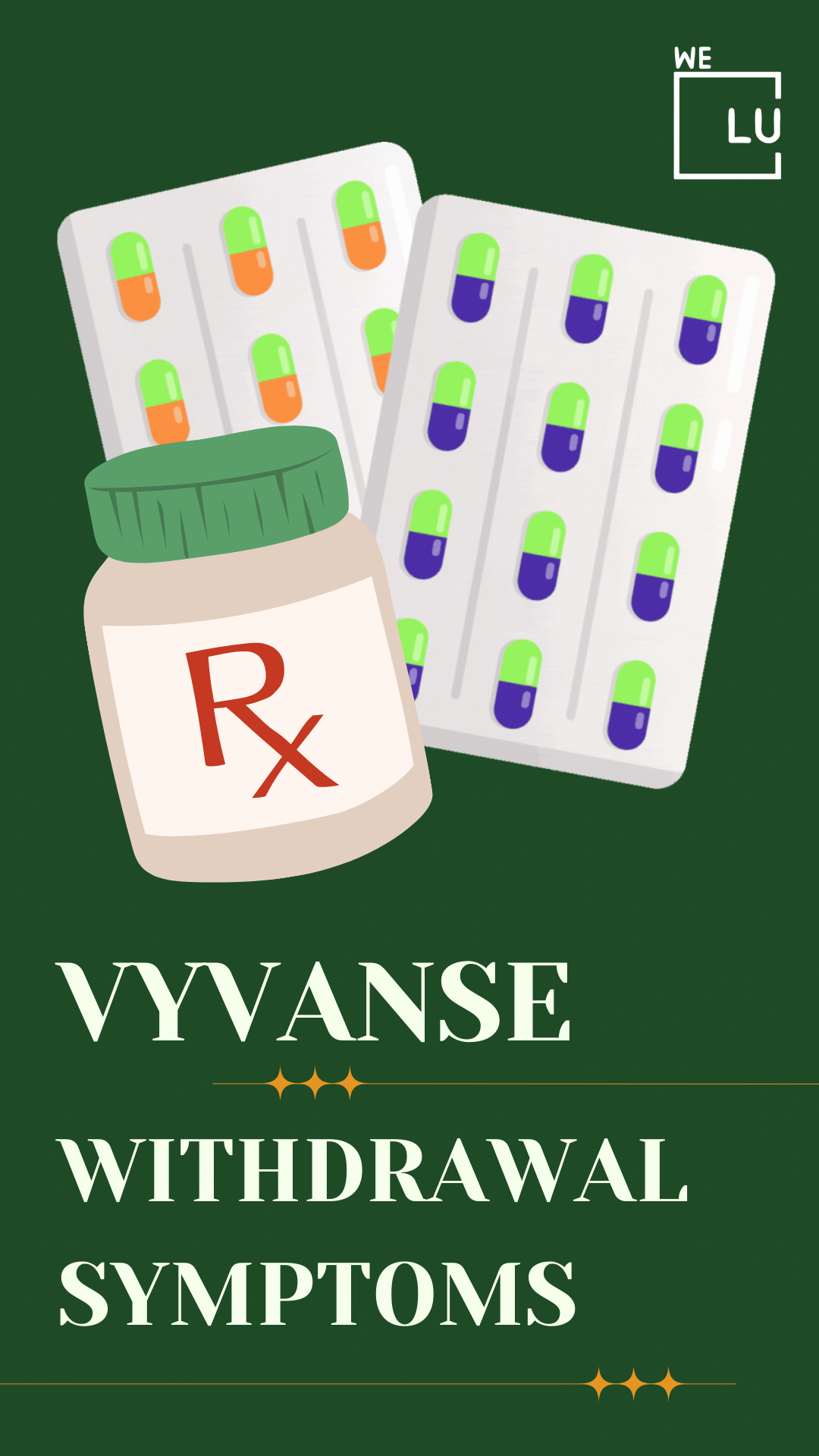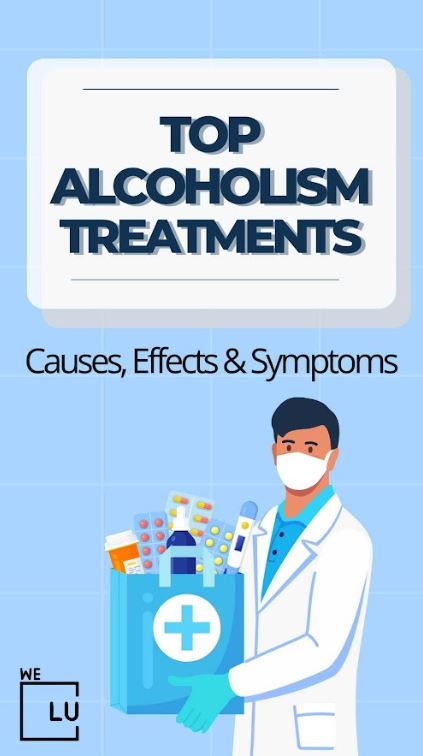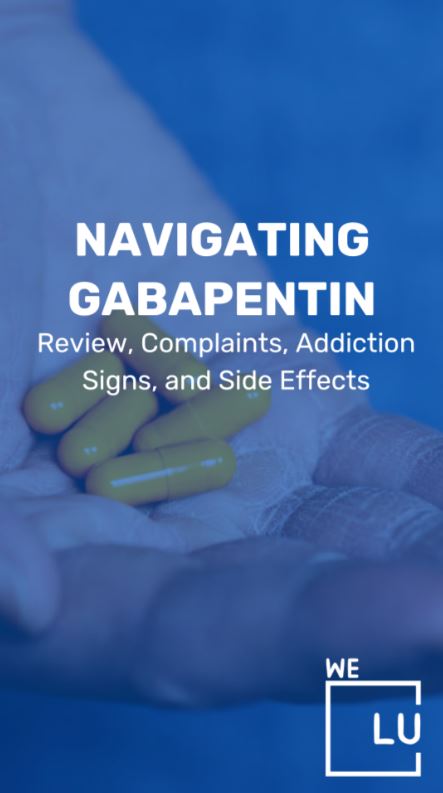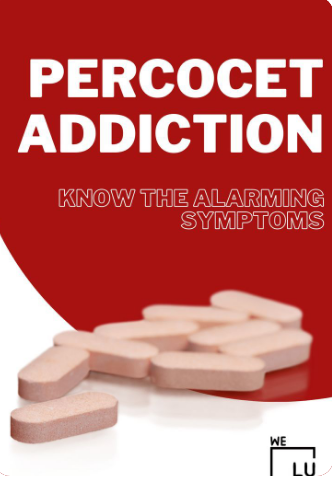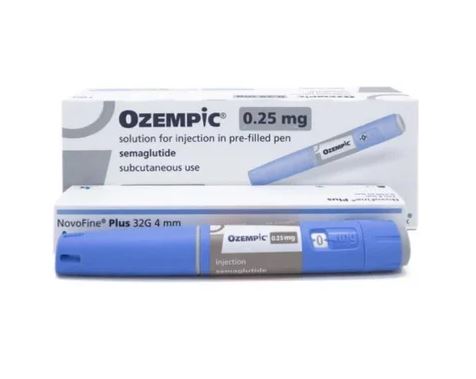What are Opioids?
Opioids are a strong class of naturally occurring and synthetic drugs. These drugs are widely used for their pain management capabilities. However, opioids can cause sedative and euphoria-inducing effects, making them a target of substance abuse.
As a result, illicit opioids like heroin and fentanyl and other legal varieties such as codeine, oxycodone, hydrocodone have become popular recreational drugs. An opiate detox will be the first stage of treatment for you to stop using these drugs, and begin a lifelong recovery.
In the recent decade, the number of opioid-related fatalities has skyrocketed, accounting for nearly 70% of drug-related overdoses in 2018. These numbers include illicit and prescription opioid drugs – but it has primarily been the latter that has driven the ongoing epidemic crisis in the United States that national, state, and local governments have been working diligently to address. Unfortunately, the hundreds of thousands of individuals who are already physically dependent on these substances must face the reality of opiate detox, withdrawal, and rehab if they can get their recovery on track and build a better life.
Opioid Overdose Crisis
In 2019, nearly 50,000 people in the United States died from opioid-involved overdoses. The misuse of and addiction to opioids—including prescription pain relievers, heroin, and synthetic opioids such as fentanyl—is a serious national crisis that affects public health as well as social and economic welfare.
The Centers for Disease Control and Prevention estimates that the total “economic burden” of prescription opioid misuse alone in the United States is $78.5 billion a year, including the costs of healthcare, lost productivity, addiction treatment, and criminal justice involvement. [1]
How to Detox from Opiates?
Opioid Addiction Treatment Starts with Detox
When the substance is suddenly absent, the body responds with unpleasant withdrawal symptoms ranging from flu-like to potentially fatal. For this reason, it is highly advisable to slowly taper off opioid use rather than quitting cold turkey and ideally, with the supervision of a medical professional. Fortunately, several opioid antagonists are available to help beat opioid addiction at the more difficult stages. These medications can help mitigate opioid withdrawal effects or intervene in the instance of an opium overdose.
Naloxone
Naloxone is the generic name of a drug that can reverse the effects of an opioid overdose. It works by connecting itself to the same receptors occupied by the harmful opioids and taking their place. By interrupting the connection between the harmful opioid and the receptor, the adverse effects of an overdose can immediately be reversible. This can be life-saving, namely by recovering the ability to breathe.
Naloxone is available as an injectable liquid and as a nasal spray. The most common brand names include Narcan and Evizo. This medication is only effective if administered when an overdose happens and cannot be used pre-emptively to prevent an opioid overdose.
Buprenorphine
Buprenorphine can activate opioid receptors and relieve cravings without eliciting any surge of euphoria. Being an opioid itself, it can fulfill the receptors’ physical need to be stimulated but does so without generating feelings of euphoria, the leading cause of addiction-forming behavior.
This ensures that no high will manifest, effectively eliminating the likelihood of addiction, and also limiting the effects of other opioids that you have taken.
This medication functions similarly to methadone, another opioid antagonist that is commonly available to treat opioid dependence. However, methadone has recently fallen out of favor as a treatment for opioid addiction due to its potential for being habit-forming. As such, it has largely been a replacement in turn of buprenorphine in addiction treatment settings.
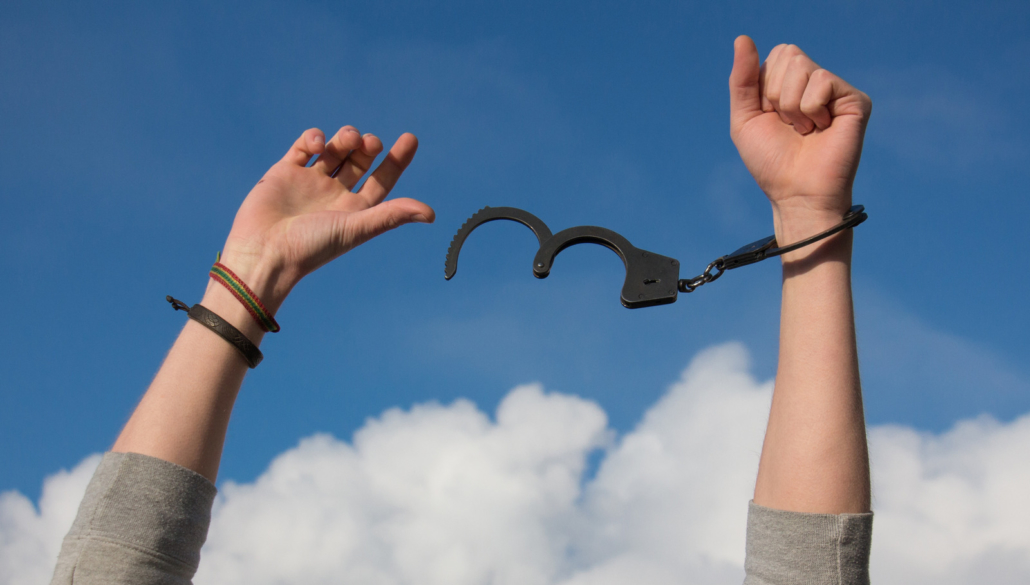
Skip to:
Learn more:
- Cocaine Detox
- Substance Abuse Treatment Center
- Effective Opioid Addiction Treatment Options, Signs, Symptoms, Risks & Help
- 10 Benefits Of Addiction Treatment Massage
- Levels of Care
- MAT For Alcohol Addiction And For Comfortable Recovery
- Effective Opiate Addiction Treatment & Detox
- How Long Do Opiates Stay in Your System? Blood, Urine, Body? How Long Do Pain Pills Stay in Your System?
- Lexapro Detox, Side Effects, Lexapro Withdrawal Symptoms, & Treatment
Suboxone
Suboxone is a brand-name drug composed of naloxone and buprenorphine to treat opioid dependence, not just manage the symptoms. The buprenorphine component enables it to lessen any persisting opioid cravings – the primary side effect of opioid detox or withdrawal.
The presence of naloxone allows Suboxone to take treatment a step further. Instead of reversing the symptoms of an overdose, naloxone acts as a restraint to further opioid abuse.
Ask Dr. Al: How To Overcome Opiate Withdrawal? A Patient Recovery Story
Overcoming opiate withdrawal can be a challenging and uncomfortable process, but it is possible with the right approach and support. The first step is to seek professional medical assistance, as withdrawal symptoms can be severe and potentially dangerous. Medications, such as methadone or buprenorphine, can help ease the discomfort and cravings. Additionally, therapy and counseling are essential to address the underlying reasons for opioid use and develop coping strategies.
A robust support system, including friends and family, can provide emotional encouragement during this challenging period. Finally, maintaining a healthy lifestyle with regular exercise, a balanced diet, and adequate sleep can help the body recover and reduce the risk of relapse. Overcoming opiate withdrawal requires commitment and persistence, but with the right help and determination, it is possible to regain control of one’s life and move toward recovery.
Opiate Detox Recovery Story Inspired By True Events
Dr. Al, a compassionate and dedicated addiction specialist, and the We Level Up opiate detox treatment team played a pivotal role in helping a patient, who we will call Jane Doe, recover from opiate addiction. When Jane Doe first sought Dr. Al’s assistance, she was trapped in a cycle of opioid dependency, which was affecting her physical and emotional well-being. Dr. Al began by conducting a thorough assessment to understand the extent of Jane Doe’s addiction and tailored a personalized treatment plan. He prescribed medications to manage withdrawal symptoms and cravings, making the detoxification process more manageable.
Throughout her recovery journey, Dr. Al and We Level Up provided unwavering support, conducting regular therapy sessions to address the underlying causes of Jane Doe’s addiction and to develop healthier coping mechanisms. They also connected Jane Doe with support groups, enabling her to share her experiences and learn from others who had gone through similar challenges.
Over time, with Dr. Al We Level Up’s guidance and her determination, Jane Doe successfully overcame her opiate addiction, rebuilding her life and discovering a newfound sense of hope and purpose. Dr. Al and We Level Up’s compassionate and holistic approach to addiction treatment proved to be instrumental in Jane Doe’s recovery, emphasizing that with the proper support and medical care, overcoming opiate addiction is indeed possible.
Dr. Al and We Level Up’s commitment to Jane Doe’s recovery extended far beyond the immediate treatment phase. He recognized that addiction recovery is an ongoing process, and he continued to offer support and guidance even after Jane Doe had completed her initial treatment. Regular follow-up appointments allowed Dr. Al to monitor her progress, address any potential relapse triggers, and adjust the treatment plan as needed. He encouraged Jane Doe to focus on rebuilding her life, offering strategies to help her find purpose and meaning outside of her addiction.
In addition to individual therapy, Dr. Al and his team introduced Jane Doe to group therapy sessions where she could connect with fellow recovering addicts. This support network became an invaluable source of encouragement and inspiration, and Jane Doe formed lasting bonds with people who truly understood her struggles. Dr. Al and We Level Up also emphasized the importance of a healthy lifestyle, promoting exercise, nutrition, and stress management as essential elements of Jane Doe’s recovery journey.
With Dr. Al and We Level Up’s unwavering commitment, Jane Doe not only conquered her opiate addiction but also discovered a newfound strength and resilience. She rebuilt relationships with her family and friends, pursued her interests, and found a fulfilling career. Dr. Al and We Level Up’s holistic and patient-centered approach served as a beacon of hope, proving that, with the proper guidance and support, individuals can not only overcome addiction but also embark on a transformative journey towards a brighter, addiction-free future.
With over 15 years of expertise in behavioral health, Dr. Al has dedicated his career to transforming lives. He, his team, plus the We Level Up treatment center network have successfully guided countless patients through the most daunting obstacles they have ever encountered. Join Dr. Al and We Level Up on a journey toward healing and triumph. Learn more about Dr. Al here.
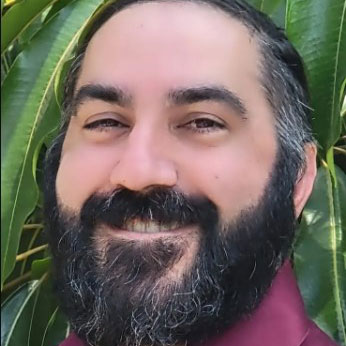
Opiate Addiction Statistics
Pharmaceutical firms promised the medical community that opioid painkillers wouldn’t lead to drug addiction in the late 1990s, and doctors started prescribing them more often. Prior to it becoming obvious that these drugs could really be highly addictive, there was a significant increase in the prescription of opioid prescriptions, which resulted in widespread misuse of both prescription and over-the-counter opioids.
760,000
Since 1999, drug overdoses have claimed the lives of more than 760,000 people.
Source: HHS
75%
In 2020, opioids were implicated in about 75% of drug overdose fatalities.
Source: HHS
1.6 Million
1.6 million people had an opioid use disorder in the past year.
Source: HHS

Get Your Life Back
Find Hope & Recovery. Get Safe Comfortable Detox, Addiction Rehab & Mental Health Dual Diagnosis High-Quality Care at the We Level Up Treatment Centers Network.
Hotline (877) 378-4154What Is Opiate Withdrawal?
Opiates, also known as “opiate painkillers,” are a group of prescribed medications that include Codeine, Dilaudid, and Tramadol. There is a substantial danger of developing a physical dependence in those who take these medications in higher doses or for longer periods of time than first recommended.
An individual who develops a physical dependence on opioid medications will feel compelled to keep taking the drugs in order to maintain normal function. They will encounter a number of unpleasant side effects as their body tries to adjust if they stop taking the medicine “cold turkey.”
When a person abruptly quits using a substance or drastically reduces the dosage they were using, withdrawal symptoms develop. The type of painkiller being misused, the individual’s level of drug tolerance, the duration of their addiction, whether they abused several narcotics, and their mental and medical histories are just a few of the variables that affect withdrawal symptoms. The majority of withdrawal symptoms, including fever, sweating, and vomiting, are flu-like.
Although withdrawal symptoms are typically not life-threatening, they can still cause the person experiencing them great physical and psychological pain. Those who are trying to stop using drugs on their own may turn to using again to avoid the withdrawal process due to the severity of the symptoms. But, the ongoing pattern of stopping and starting can make quitting later on much more challenging. This is due to the cycle’s potential to develop into unmanageable abusive patterns.
It’s challenging and risky to try to stop using painkillers “cold turkey” on your own. It is highly advised to seek out the assistance of medical detox personnel in order to successfully and safely overcome opioid use.
Programs for medical detoxification are organized, secure settings intended to support patients as they go through the withdrawal process. By gradually weaning patients off an addictive substance until they are no longer physiologically dependent on it, doctors can help patients manage their symptoms. Doctors frequently recommend drugs to patients to lessen the severity of specific symptoms and control urges.
A person’s medical team might suggest that they seek additional treatment at an inpatient rehab facility after they complete a detox program. This is an important step to take in order to maintain long-term sobriety and prevent relapse. So that patients can move seamlessly into additional addiction treatment, many detox programs are housed inside inpatient rehab facilities.
Opiate Withdrawal Symptoms
- Nausea
- Sweats and Chills
- Soreness and aching in muscles and bones
- Sinus Issues
- Fatigue and Loss of Energy
- Agitation and Restlessness
- Vomiting and Diarrhea
Not every individual will experience the same withdrawal symptoms. Depending on the answers to the following items, withdrawal may be more prolonged and more severe or shorter and less intense. Factors to consider include:
- How long a person has been dependent on opiates
- The type of opiate the person is dependent on
- The frequency and severity of opiate abuse
- Underlying medical conditions
- The co-occurring existence of a psychological health issue
- Highly stressful and unsupportive surroundings
Opioid drug withdrawal mostly adheres to a specific timeline, although the factors listed above may cause some variation. In general, the withdrawal symptoms typically peak within 48-72 hours and subside within a period of 5 to 10 days.
Get Help. Get Better. Get Your Life Back.
Searching for Accredited Drug & Alcohol Rehab Centers Near You? Or Mental Health Support?
Even if you have failed previously, relapsed, or are in a difficult crisis, we stand ready to support you. Our trusted behavioral health specialists will not give up on you. Call us when you feel ready or want someone to speak to about therapy alternatives to change your life. Even if we cannot assist you, we will lead you wherever you can get support. There is no obligation. Call our hotline today.
FREE Addiction Hotline – Call 24/7How Long Does Opiate Withdrawal Last?
Opiate withdrawal has four stages: anticipation, early acute withdrawal, fully developed acute withdrawal, and post acute withdrawal syndrome (PAWS).
Acute withdrawal often happens within a few hours of a person’s last dose, depending on the type of addiction. Flu-like symptoms are connected to the acute withdrawal phase of painkiller discontinuation. The protracted abstinence period, which can last up to 6 months, begins after acute withdrawal is over. Those in recovery are particularly susceptible to triggers during this time, which might result in relapse.
Opiate Withdrawal Timeline
The onset, duration, and intensity of withdrawal symptoms of the opiated detox process, will be different for each person, but the general opiate withdrawal timeline includes the following:
- 8-12 hours: Anxiety, agitation, watery eyes, runny nose, and increased sweating.
- 12-24 hours: Nausea, stomach cramps, vomiting, diarrhea, goosebumps, and dilated pupils.
- 36-72 hours: Symptoms peak and then gradually subside over the next few days.
The period and extent of withdrawal symptoms also depend on whether the opioid is long-acting or short-acting. Heroin is relatively short-acting compared to other detox opiates. Therefore, heroin withdrawal symptoms appear just hours after the last dose and may last for a shorter period. On the other hand, longer-acting opioid painkillers may not provoke withdrawal symptoms till some days after the final amount, and some symptoms may last for weeks.
First-class Facilities & Amenities
World-class High-Quality Addiction & Mental Health Rehabilitation Treatment
Rehab Centers TourRenowned Addiction Centers. Serene Private Facilities. Inpatient rehab programs vary.
Addiction Helpline (877) 378-4154Proven recovery success experience, backed by a Team w/ History of:
15+
Years of Unified Experience
100s
5-Star Reviews Across Our Centers
10K
Recovery Success Stories Across Our Network
- Low Patient to Therapist Ratio
- Onsite Medical Detox Center
- Comprehensive Dual-Diagnosis Treatment
- Complimentary Family & Alumni Programs
- Coaching, Recovery & Personal Development Events
Medical Detox from Opiates
Treatment programs for opioids addiction usually start with detoxification from the drug, followed by either inpatient treatment or some specified procedure of organized outpatient treatment.
Only a finely managed treatment facility provides a controlled and comfortable setting where drug detox can occur; while providing opiate withdrawal support and medications to help decrease the possibility of complications and difficulties associated with opiate withdrawal. Opiate detox centers such as We Level Up New Jersey also offer multiple levels of treatment for an easy transition following the completion of an opiate detox program.
Amenities at our New Jersey facilities include semi-private rooms, luxurious bathrooms, spacious common areas for socializing; a communal dining area that is always full of nutritious snacks, and much more!
Opiate Detox from Home
Opioids detox at home can be difficult and sometimes unproductive. Unaided withdrawal may not be life-threatening, but it is a significant possibility of leading to relapse. When opioid substances such as oxycodone and heroin begin to leave the human blood system, they develop severe cravings for the substance. Intense cravings mixed with unpleasant flu-like symptoms can make it easy for someone going through withdrawal at home to give up and relapse before their recovery gets in its way.
Opiate Detox Process
The opiate detoxification process is not the same as detoxing from other addictive substances, such as alcohol or cocaine. The withdrawal symptoms are different, and medications are often available to help minimize the physical withdrawal symptoms. This prevents the intense cravings accompanying opiate detox. Detox from heroin, fentanyl, and prescription opioids is a closely managed process, and often the same or similar medications are continued to be used following detox.
Medications such as Subutex and Suboxone have the official approval from the Food and Drug Administration (FDA) exclusively to treat opioid dependence. Furthermore, the opiate detox process will be different for individuals who are detoxing via medically assisted treatment versus abstinence.
World-class, Accredited, 5-Star Reviewed, Effective Addiction & Mental Health Programs. Complete Behavioral Health Inpatient Rehab, Detox plus Co-occuring Disorders Therapy.
CALL (877) 378-4154End the Addiction Pain. End the Emotional Rollercoaster. Get Your Life Back. Start Drug, Alcohol & Dual Diagnosis Mental Health Treatment Now. Get Free No-obligation Guidance by Substance Abuse Specialists Who Understand Addiction & Mental Health Recovery & Know How to Help.
Additional Medications for a Comfortable Opiate Detox
- Methadone: Relieves and reduces the unpleasant impact of withdrawal symptoms. It is also used as long-term maintenance therapy for those addicted to opioids.
- Naltrexone: blocks the effects of opioids and is helpful to induce withdrawal. However, it does not let the opioid intake affect the individual. Therefore, it may also be used to avert future dependence and misuse.
- Clonidine: Can help diminish the flu-like symptoms that come with opioid withdrawal, along with other withdrawal symptoms such as the anxiety and agitation most people experience.
Other medications are also available for stomach cramps, diarrhea, insomnia, anxiety, and depression.
Medical opioid detox helps smooth the withdrawal process, reduce side effects, prevent serious complications, and lessens opioid cravings. Overall, these medications offer a decent start towards recovery and help to maintain sobriety long-term. However, detox has to be followed with counseling, education and awareness, family and individual therapy; and support groups that can aid an individual in their attempt to stop using drugs and continue sobriety.
Most Popular Opiate Detox FAQs
-
How long does rapid Opiate detox take?
In just three days, rapid detox under anesthesia eliminates all opiates/opioids from your body.
-
What are detox drinks for Opiates?
The detox drink is not a complete detox product; it is merely a masking agent. Unless you are extremely fortunate and have only a few toxins left after drinking it, you won’t be able to eliminate all of them.
-
Is it safe to do Opiate detox at home?
While it may be tempting to undertake drug and alcohol detoxification at home, medically supervised detoxification can help reduce uncomfortable withdrawal symptoms and handle any withdrawal issues that may emerge, keeping a person as safe and comfortable as possible throughout detox.
-
How long does it take to detox from Opiates?
While the length of time required to detox from substances varies from person to person, detox programs often last 3 to 10 days, depending on the severity of the medical condition.
NJ Opiate Detox Treatment, What to Expect?
Our opioid addiction treatment center is here to help individuals complete the all opiates detox process and address psychological, physical, and spiritual issues connected to drug abuse. Qualified doctors, nurses, therapists, and addiction cases managers will be with you throughout the recovery process to ensure you have the support you need in your Opiate detox process.
If you or a loved one is dealing with dependence or addiction to opioids, contact our treatment support at We Level Up NJ to find the best treatment option with opiate detox for you.
Experience Transformative Recovery at the We Level Up Treatment Center.
See our authentic success stories. Get inspired. Get the help you deserve.



Start a New Life
Begin with a free call to an addiction & behavioral health treatment advisor. Learn more about our dual-diagnosis programs. The We Level Up treatment center network delivers various recovery programs at each treatment facility. Call to learn more.
- Personalized Care
- Caring Accountable Staff
- World-class Amenities
- Licensed & Accredited
- Renowned w/ 5-Star Reviews
We’ll Call You
Sources
[1] Opioid Overdose Crisis – National Institute on Drug Abuse
U.S. National Library of Medicine. (2017). Opiate and Opioid Withdrawal. Retrieved on March 14th, 2017 from: https://medlineplus.gov/ency/article/000949.htm
Walter Ling, MD and Donald R. Wesson, MD. (1990). Drugs of Abuse — Opiates. Retrieved on March 14th, 2017 from: https://www.ncbi.nlm.nih.gov/pmc/articles/PMC1002412/pdf/westjmed00117-0103.pdf
Rehni AK, Jaggi AS, Singh N. Opioid withdrawal syndrome: emerging concepts and novel therapeutic targets. CNS Neurol Disord Drug Targets. 2013 Feb 01;12(1):112-25. [PubMed]
Scavone JL, Sterling RC, Van Bockstaele EJ. Cannabinoid and opioid interactions: implications for opiate dependence and withdrawal. Neuroscience. 2013 Sep 17;248:637-54. [PMC free article] [PubMed]
Zoorob R, Kowalchuk A, Mejia de Grubb M. Buprenorphine Therapy for Opioid Use Disorder. Am Fam Physician. 2018 Mar 01;97(5):313-320. [PubMed]
Tompkins DA, Bigelow GE, Harrison JA, Johnson RE, Fudala PJ, Strain EC. Concurrent validation of the Clinical Opiate Withdrawal Scale (COWS) and single-item indices against the Clinical Institute Narcotic Assessment (CINA) opioid withdrawal instrument. Drug Alcohol Depend. 2009 Nov 01;105(1-2):154-9. [PMC free article] [PubMed]
Wesson DR, Ling W. The Clinical Opiate Withdrawal Scale (COWS). J Psychoactive Drugs. 2003 Apr-Jun;35(2):253-9. [PubMed]
Button D, Hartley J, Robbins J, Levander XA, Smith NJ, Englander H. Low-dose Buprenorphine Initiation in Hospitalized Adults With Opioid Use Disorder: A Retrospective Cohort Analysis. 2022 Mar-Apr 01J Addict Med. 16(2):e105-e111. [PMC free article] [PubMed]
Choy M. Pharmaceutical Approval Update. P T. 2018 Aug;43(8):461-462. [PMC free article] [PubMed]
